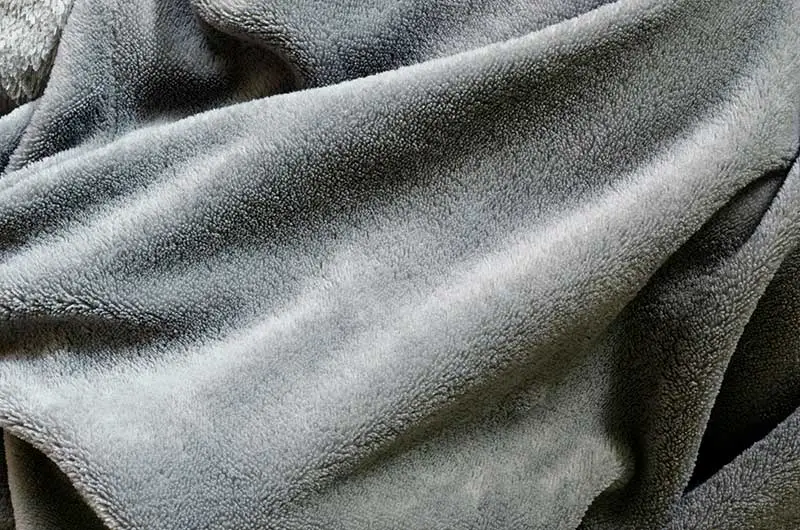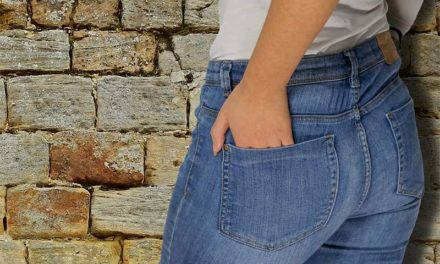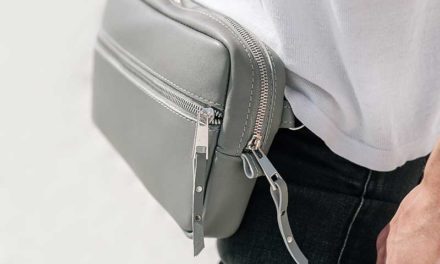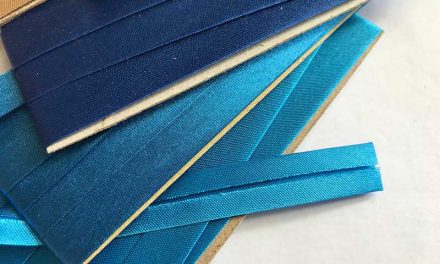When it’s cold outside, nothing compares to a warm and comfy fleece to take the chill off. Although you can always purchase a cozy blanket, knowing how to sew a fleece is faster, faster, and cheaper. You can start sewing one in the afternoon and finish the project just in time for your movie night.
Fleece is originally known as Polar fleece because of how warm and soft it is. The relatively new piece of fabric on the market is fluffy on both sides and is wash and wear. It is 100% polyester, not woven, and available in a wide variety of designs and colors. Likewise, it is a popular fabric to use on leisurewear and tracksuits for all ages, and sewing it is relatively easy.
Table of Contents
What Is Fleece Fabric?
Fleece is a 100% polyester fabric that has a fluffy nap. It is used for warm clothing and is a cheaper alternative to natural wool. Since it does not fray and has minimal stretch, it is easy to sew. Although fleece is thick, it is lighter than wool. Therefore, it is much comfortable to wear.
Main Types Of Fleece Fabric
Polar Fleece
This type of fleece is the most common one that you will find in fabric shops. It is fluffy on both sides and can available in medium to heavyweight. Polar fleece is excellent for no-sew projects. Likewise, this is the fabric to choose if you want something quick and easy to make with edges that will not fray.
Sweatshirt Fleece
Most people like to use sweatshirt fleece when sewing pants, dresses, and hoodies. It looks knitted on the inside but it is fluffy on the inside. Sweatshirt fleece is often labeled as cotton fleece or brushed fleece. Make sure to get better quality sweatshirt fleece to prevent the outside from pilling after just a few washes.
Micro Fleece
This is a lightweight fleece that is mainly used for baby clothing. It is a little thinner and stretchier to sew. If you are not careful, it can overstretch easily.
Tips On How To Sew Fleece
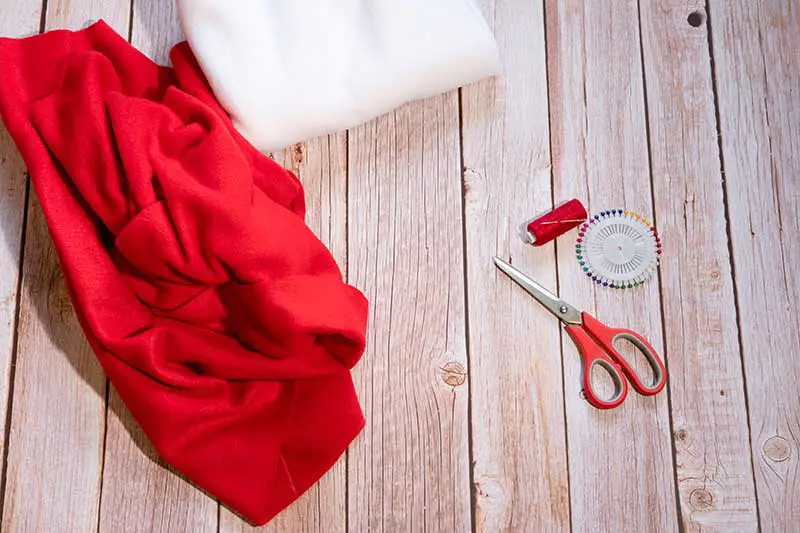
Here are some essential tips to keep in mind when sewing with fleece.
Preparation
Prewash
Prewash your fleece fabric before cutting it out for your sewing project. Doing so will test it for shrinkage and colorfastness.
Choice of pattern
Not every pattern is suited for fleece so make sure that the pattern you choose will indicate that it is suitable for stretch fabrics. This will allow you to cut and sew the fabric with the pattern you want. Additionally, check out what its stretch factor is to match the pattern type to your fleece. Note that some types of cheaper fleece do not have stretch and will not work with stretch patterns.
Cutting
Grainlines
Fleece fabric is not woven. Therefore, a grain of the fabric will not be clearly apparent. The grain is determined by the nap or the way the brushed texture of the fabric moves.
Right side vs. wrong side
One of the best methods to establish the right or wrong side of fleece fabric is to cut a sample of it and then cut the sample on the cross. The fabric will naturally curl towards the wrong side. The wrong side of the fleece is typically fluffier.
Scissors
Make sure to use a pair of sharp scissors. This will ensure that the edges will not burr. For very thick fleece, you may need to cut it in single layers rather than double. Do not forget that some pieces may need to be mirrored so flip your pattern piece when cutting the second shape if necessary.
Pins
If you find that your pins are slipping out of the fabric, use safety pins instead. You can also use longer quilting pins.
Marking
Traditional marking techniques using chalk do not always work on fleece because of the pile on the fabric. So consider using a running stitch or Tailor’s tacks to mark darts and markings.
Tools
Thread
Sew using a good quality polyester thread. Like most sewing projects, a matching thread will be more forgiving of any crooked seams.
Needles
You also want to use good quality sewing needles and change them often. Microtex or ballpoint needles are best. Make sure to do a test seam first. If you get any skipped stitches, try a stretch needle designed for sewing knit fabrics.
Sewing machine foot
Often, you can use an all-purpose foot. However, when working with very thick fleece, try a walking foot or a Teflon foot. These specialty feet will prevent the thicker fleece from bunching up and wrinkling.
Stitching
Preparation
It is vital to stay on curved areas like necklines when stitching since fleece is quite stretchy.
Stitches
Apply a small zig zag stitch to help with the stretch of the fabric. This can help prevent stitches from popping in areas with extra movement where some elasticity is needed. Try a stitch with a width of 1.0 and a length of 3.0 and adjust as needed. Make sure to test on scrap fabric first. The stitches should not break when you stretch the seam.
Serger
A serger is fitting for sewing fleece because the seam will have a built-in elasticity.
Flat seams
If your fleece is too bulky to sew a regular seam, then try a lapped or flat fell seam.
Tension
Loosen the sewing machine tension with a larger, longer stitch to give a bit more stretch.
Be gentle
Ease the fabric through the machine, don’t pull, and cause tension issues.
Hems
Finish off hems and sleeve edges with rib trim. Alternatively, turn up the hem and use a wide zig-zag to stitch over the edge. Test a width of 4.0 and a length of 3.0.
Hand stitching
If you don’t have a sewing machine, you could use a backstitch for the seams and a blanket stitch for the hems. A blanket stitch in particular results in a very attractive edge. You can also use it in conjunction with machine seams. If you are an absolute beginner sewer, try doing a simple up and down stitch called a running stitch.
Pressing
Press your fleece fabric with caution. Fleece does not like hot iron and may melt. If you do need to press your garment, use a cotton pressing cloth in between the iron and your fleece.
Fleece may tend to fluff up your sewing machine. So you need to take some caution to keep your machine clean when sewing with fleece. Moreover, pay attention to the bobbin case as this is a major collector of lint.
When using a serger, keep the blade of your machine clean and remove fluff from under the machine.

